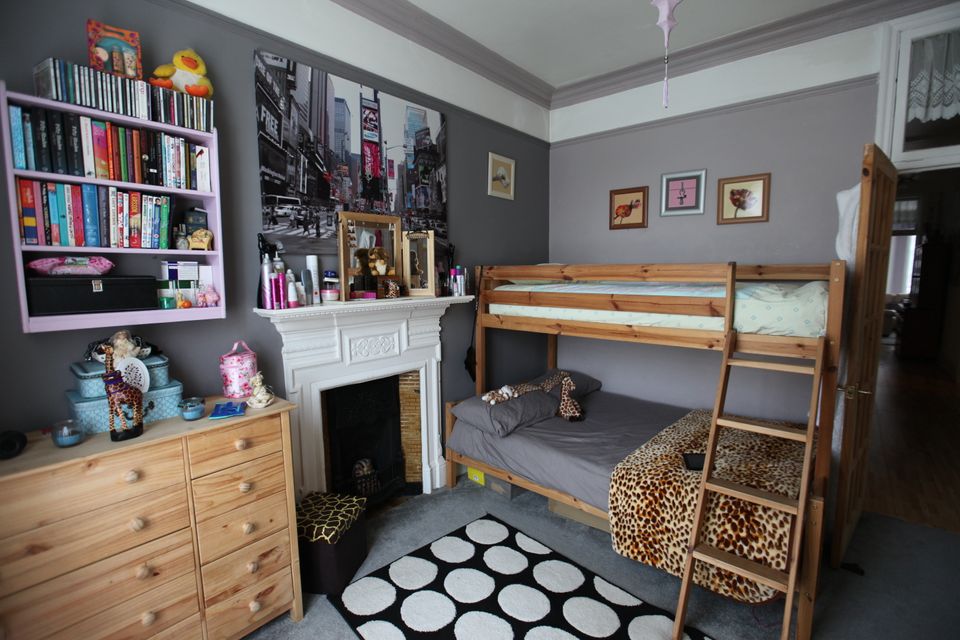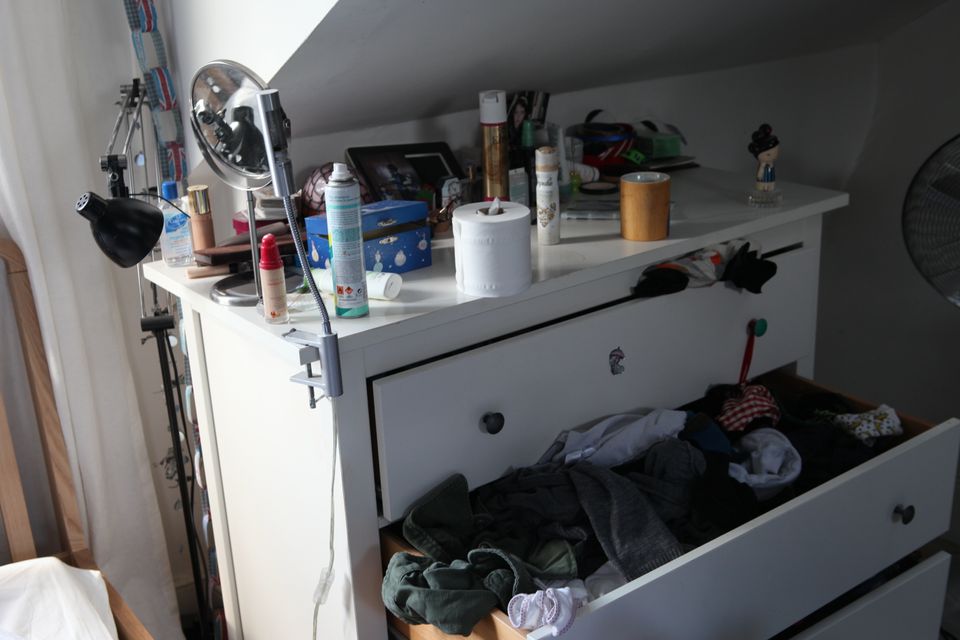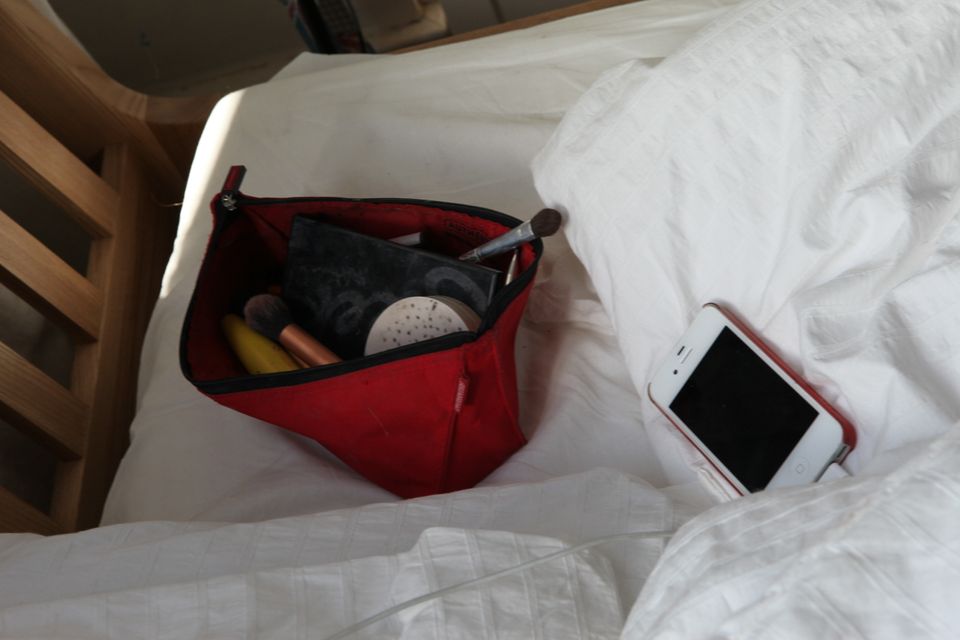How old were you when “that’s it, go to your room” turned into “that’s it, I’m going to my room,” a stubborn teenage assertion of your independence, your need for personal space and personal beliefs separate from your parents’?
For many Western teens, the bedroom is a sanctuary. It’s the only space in a shared home that can be groomed to match individual tastes and beliefs — or tastes and beliefs that are shared with whichever sibling you’re bunked up with. These flourishes often include band posters (long live Third Eye Blind), photo collages (ey, JTT), school books, comic books, makeup, trinkets, instruments, and clothes spilling over from closets, intentionally or due to a lack of space.
Carey Newson, a curator at the Centre for Studies of the Home, collected photos of these rooms for an ongoing project documenting domestic spaces. She visited schools and asked for volunteers who’d be comfortable having their rooms photographed, and interviewed both the teens and their parents afterward.
“This kind of everyday backdrop is so much something we all take for granted,” she told The Huffington Post in an email. “Talking about ‘stuff’ can mean verbalizing things that you know, but haven’t quite put into words before, so it’s an interesting journey. In talking about their rooms, teenagers touched on many significant people, events and places in their lives, and there was quite a lot of discussion around the importance of not forgetting and the dilemmas around throwing things away.”
Because teenage rooms are often not shared with anyone else, and can serve multiple functions other than sleeping, including talking on the phone or playing on laptops, they grow into expressive spaces as opposed to, say, a kitchen, which serves a clearer social purpose.

“A couple of teenagers talked about their rooms seeming chaotic to other people but being easy for them to navigate themselves: a chaos that they understood and had learnt their way around, making the space all the more closely tuned to them,” Newson said.
“It was interesting that mostly the teenagers felt that when they put things on their walls it was for themselves, rather than other people.” Which is self-evident for anyone who lived through middle- or upper-class Western teenagehood, watching our boy band homages morph into less passionate, fan-oriented décor.
At what age do we replace 98 Degrees and “Breakfast at Tiffany’s” with steadier fixtures like floating shelves and hanging planters?
Newson seems to think that the chaos of teenage rooms is one of their constants; teens’ spaces change along with their tastes, and often reflect years’ worth of interests piled on top of one another.
“One teenager commented that her room was a good representation of the past seven years,” Newson said, quoting them as saying, “like, stuff’s been layered and layered and layered and layered, and nothing ever gets taken down.”
In one of the exhibit’s photos, Justin Bieber posters are plastered over a hot pink wall, crushes superseding bubble-gummy girlhood. In another, a stack of books sits on top of an open drawer of what looks like an inherited dresser.
“They’re an intriguing mixture of accident and design,” Newson said. “Some teenagers used their walls to record fleeting thoughts and ideas. Sometimes things that went up originally for a purely practical purpose — such as a timetable or a computer password — then became a starting point for a display that got added to organically over time, as a sort of evolving scrap collage with a biographical theme.”
This is an anomaly within the home at large, which tends to be arranged more deliberately according to Newson. The offhanded aesthetic of a teen’s living quarters makes it both uniquely theirs and considered, more universally, to be messy.
“Of course, parents sometimes felt their teenagers were just untidy,” Newson said, adding that, “the clutter of things in these rooms can be seen as a kind of flux,” adding a lively touch to the home, a place that’s often considered closed and fixed.
‘Teenage Bedrooms’ is a display currently on show at the Geffrye Museum of the Home, East London www.geffrye-museum.org.uk













